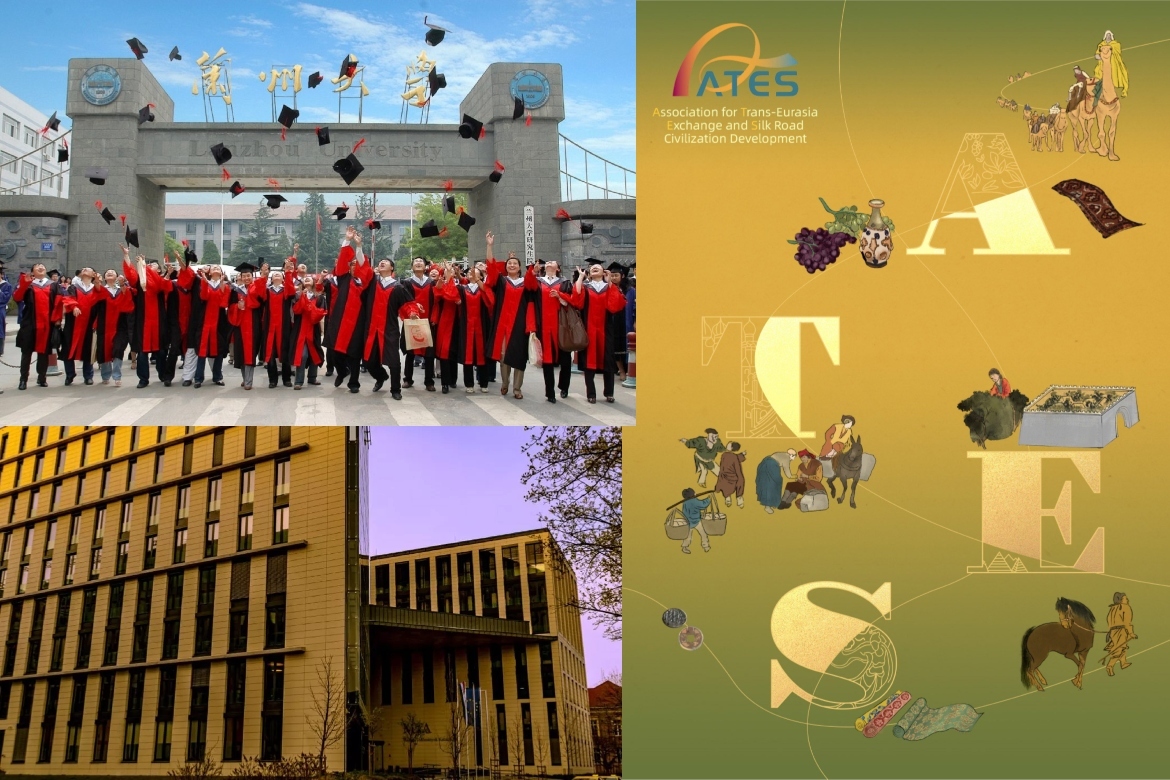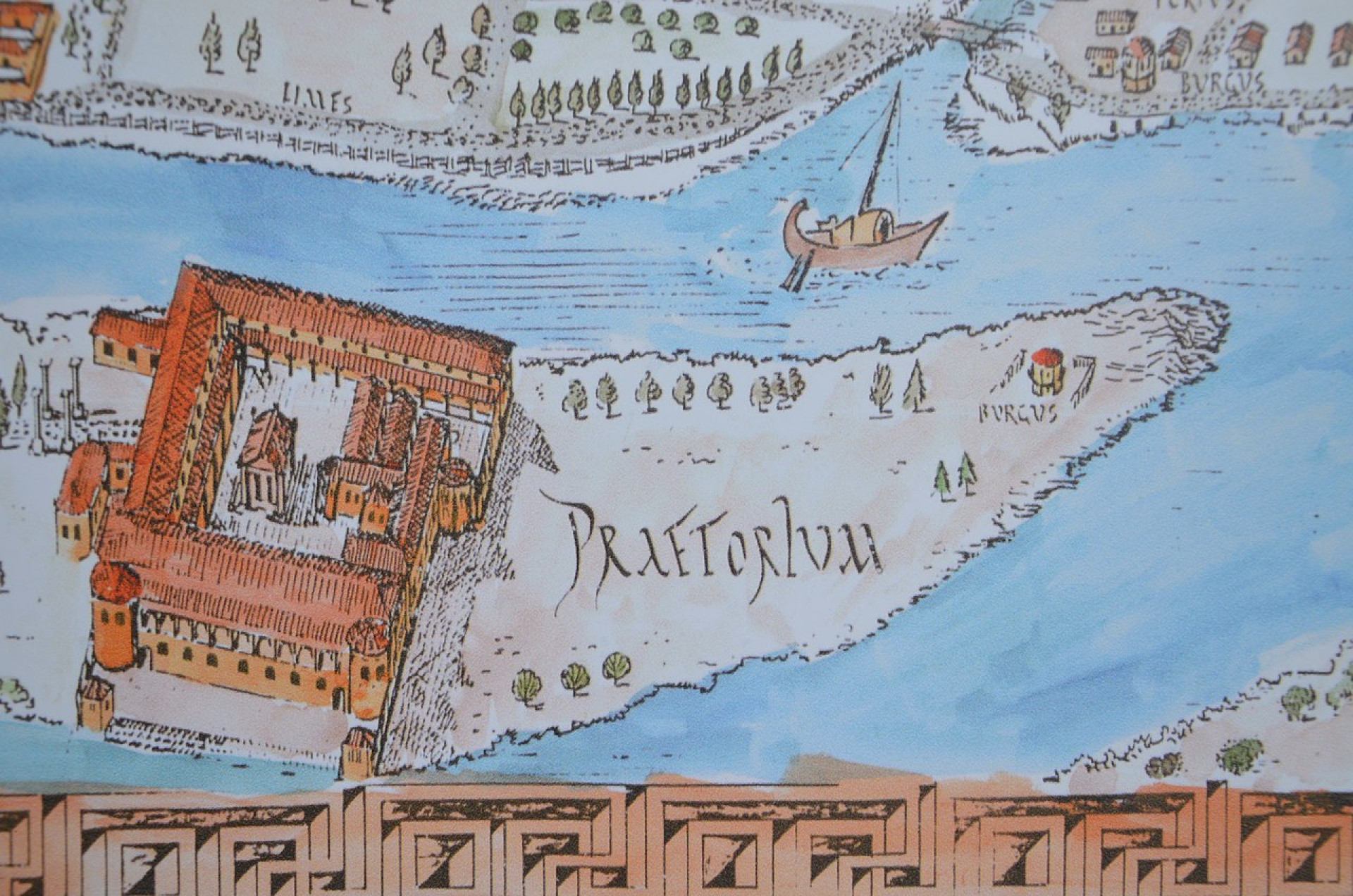ELTE Research Centre for the Humanities | 1097 Budapest, Tóth Kálmán utca 4. | HU15854939

Delegations from the Chinese Academy of Sciences, Lanzhou University and ATES arrive at the HUN-REN Research Centre for the Humanities
- Details
- Category: News
On April 9th, 2024, a delegation from the Chinese Academy of Sciences, Lanzhou University and ATES (Association for Trans-Eurasia Exchange and Silk-Road Civilization Development) will arrive at the HUN-REN Research Centre for the Humanities.

Our most feared secret is our DNA? Anna Szécsényi-Nagy on Klubrádió
- Details
- Category: News
The director of our institute, Anna Szécsényi-Nagy, was a guest of Róbert Pálinkás Szüts in Klubrádió's Morning Person show.

The bones found in the burial vault of the Szent Jakab Church in Kőszeg have been returned to their original resting place
- Details
- Category: News
The family crypt in the middle of the main nave in the St. James Church on the historic main square of Kőszeg was in a highly disturbed state, meaning the bones were not lying in anatomical order. The bones selected for genetic testing were sampled by the employees of the Budapest-based Institute of Archaeogenomics (HUN-REN Research Centre for theHumanities).

Qubit article about the work of the HAS-RCH Momentum Bioarchaeology Research Group
- Details
- Category: News
"The extensive Hungarian Pannonia research may finally reveal what the Romans gave us" - a longer article about our institute's new Momentum project was published on qubit.hu.
More Articles …
Page 9 of 14


